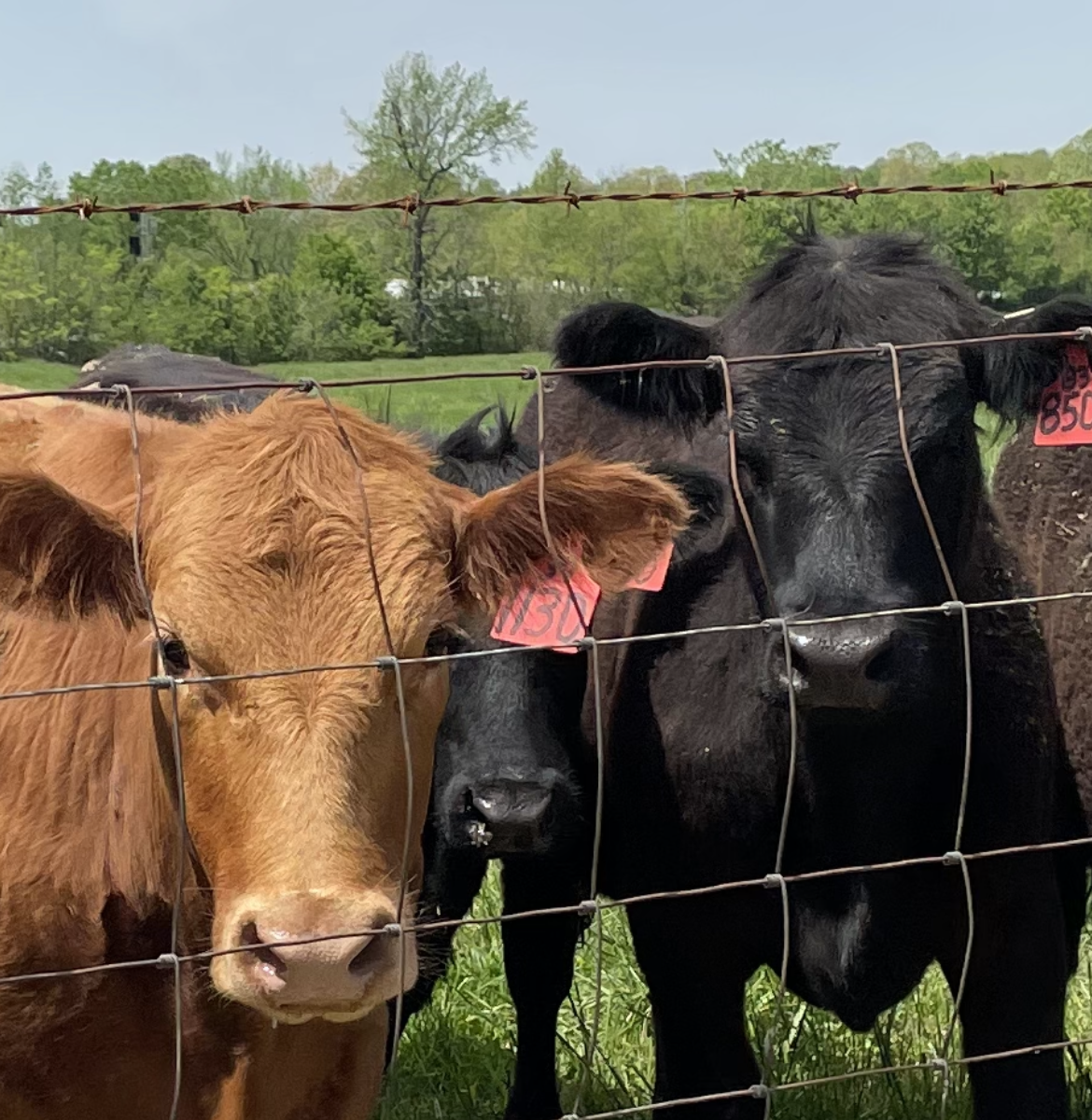

Dr. Andrew Griffith
Assistant Professor
Department of Agricultural and Resource Economics
P: 865-974-7480
Failure is not a word that anyone ever wants to utter, but failure can happen to anybody. Probably the biggest problem with failure has to do with people who are not willing to admit they failed. The inability and unwillingness to admit failure or mistakes generally means there is a pride issue, which happens to be a bigger problem than the mistakes and failures. Alternatively, nearly everyone enjoys sharing their successes at some point.
How do people measure success and failure? What constitutes something being a failure versus a success? From an economic standpoint, being profitable is generally called a success while being unprofitable results in failure. However, there can be successes and failures along the entire path.
As an example, a cattle producer may experience great success in breeding, calving, weaning, and marketing percent, but fail to be profitable because market prices were low or the calves did not grow and perform as expected. Alternatively, a stocker producer may have a terrible death loss percentage that would appear to add up to complete failure, but because the cattle were purchased cheap and the market moved in an advantageous direction, the producer returns a profit.
Ultimately, every farming business must consistently return a profit to stay in business, which would mean the business is a success rather than a failure. If the farm business does not return consistent profits then failure is inevitable. Given profitability is the ultimate measuring stick, it is still important to analyze successes and failure incurred along the way with the hopes of improving overall profitability. The best way to explain this may be through examples, and with the understanding that some successes and failures are not of oneself while others are. Regardless if the success or failure was due to internal or external factors, the rewards and costs of those successes and failures accrue to the owner.
Considering reproduction, failure can occur in a number of stages along the way. The failure may take the form of cows failing to breed or cows being bred late in the season. Producers must make sure cows are nutritionally prepared to breed and that the bull is capable of breeding (i.e. BSE, structurally, athletically) throughout the entire breeding season. Thus, a cattle producer must make sure females have the appropriate nutrition to grow the calf by her side, get bred, and stay bred while the bulls must maintain good feet, nutrition, and ability to breed or otherwise be replaced. Other factors that may play into success or failure could be venereal disease or extreme temperatures resulting in late calving. If a failure occurs, producers admit the failure or less than desirable results by working to improve.
Another failure may be running out of grazing. This appears to be more common than many would like to admit, which means most do not even recognize they failed or cannot admit it. Many operations are overstocked in a good forage producing year. What does this mean in a drought year? It means producers spend a lot of money on hay and other feedstuffs to maintain the cow herd. Many operations but not all operations would benefit from having more forage than they have cattle to consume it. This is a contrarian thought relative to what is commonly observed, but being overstocked results in overgrazing pastures and extra expense in purchasing feeds and renovating pastures. Maybe having fewer cows would result in more success from a profitability standpoint.
What about stocker producers and their successes and failures? Death loss and growth performance tend to be the to primary measuring sticks. The profit maximizing death loss is not zero though many may think it is. However, it is imperative to not allow death loss to get out of hand. Sometimes failures in the death loss department are directly associated with the producer while other times it is environmental. At the end of the day it does not matter. Admit failure and work to correct the mistake. The same can be said for performance.
The point of this article is that every operation has failures. Some failures are much larger and important to the bottom line than others, but there is always room for improvement. One has to recognize then admit his or her mistake or failure before it can be corrected, but most things can be corrected.